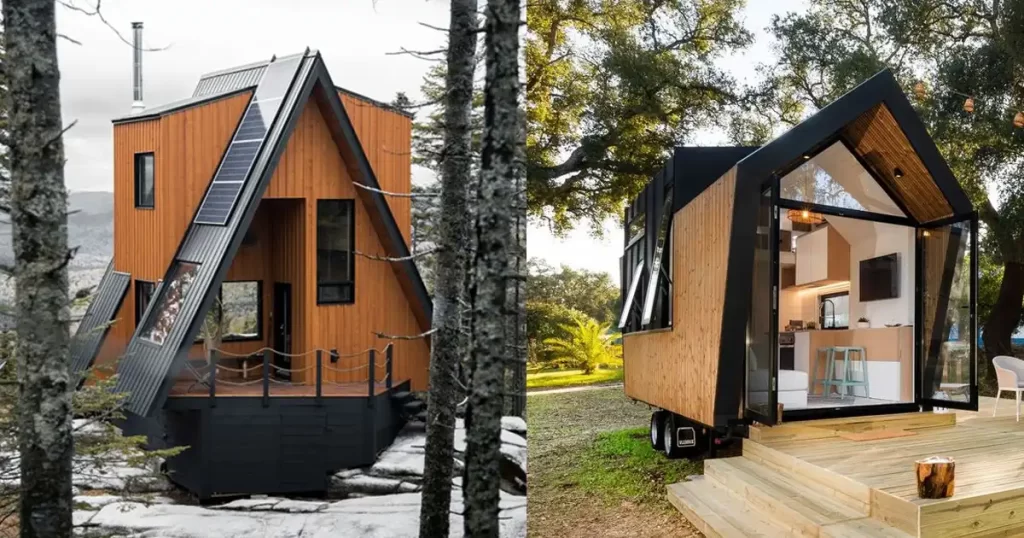When it comes to constructing micro compact houses, selecting the right building materials is crucial for sustainability, efficiency, and comfort. The phrase ‘Building Materials for Micro Compact Houses‘ not only encompasses the physical components but also implies a thoughtful approach to minimal and eco-friendly construction.
The Foundation of Micro House Construction
Choosing the Right Materials
- Sustainability: Materials should have a low environmental impact.
- Durability: Essential for the longevity of the house.
- Efficiency: Materials that provide good insulation and energy efficiency.
Popular Building Materials for Micro Houses
Here are some of the most commonly used materials in micro house construction:
-
Wood
- Advantages: Renewable, aesthetically pleasing, and provides good insulation.
- Disadvantages: Requires maintenance and can be susceptible to pests.
-
Metal
- Advantages: Durable, low maintenance, and recyclable.
- Disadvantages: Can be costly and may require additional insulation.
-
Recycled Materials
- Advantages: Eco-friendly, cost-effective, and unique.
- Disadvantages: Availability and structural integrity can vary.
Comparison of Building Materials

Essential Building Materials for Micro Compact Houses
| Material |
Sustainability |
Durability |
Insulation Quality |
| Wood |
High |
Moderate |
High |
| Metal |
Moderate |
High |
Low |
| Recycled Materials |
High |
Variable |
Variable |
Innovative Materials for the Future
Emerging Trends in Micro House Building
- Composite Materials: Combining different materials for enhanced properties.
- Green Insulation: Using sustainable materials for insulation.
- Smart Glass: For energy efficiency and privacy.
Choosing the right ‘Building Materials for Micro Compact Houses’ is a balance of sustainability, durability, and efficiency. With the right materials, these small dwellings can offer comfort, style, and a reduced ecological footprint.


